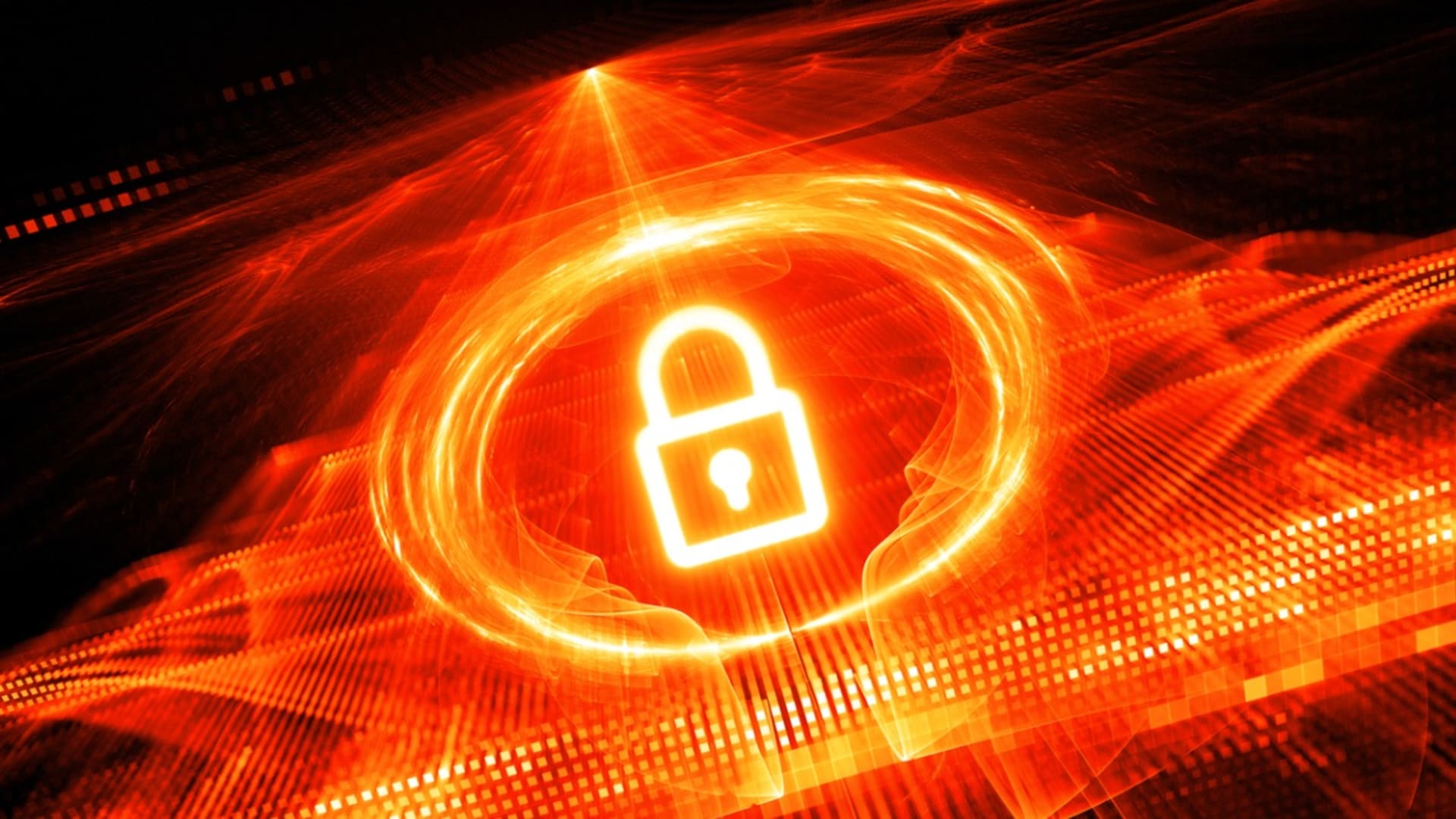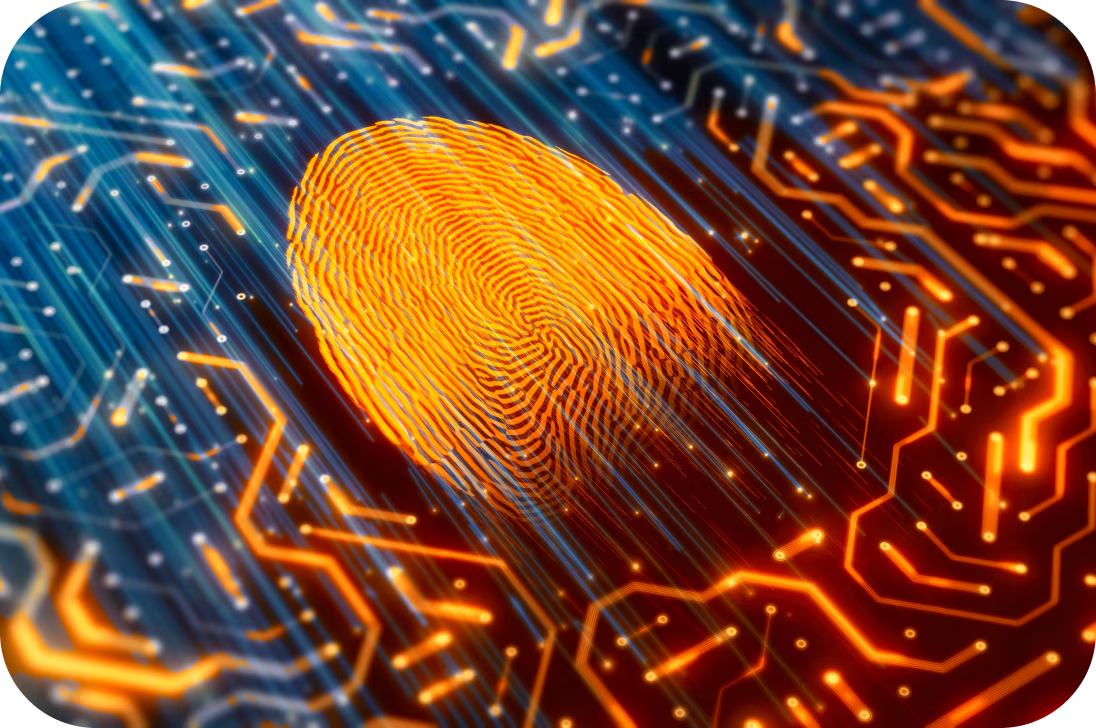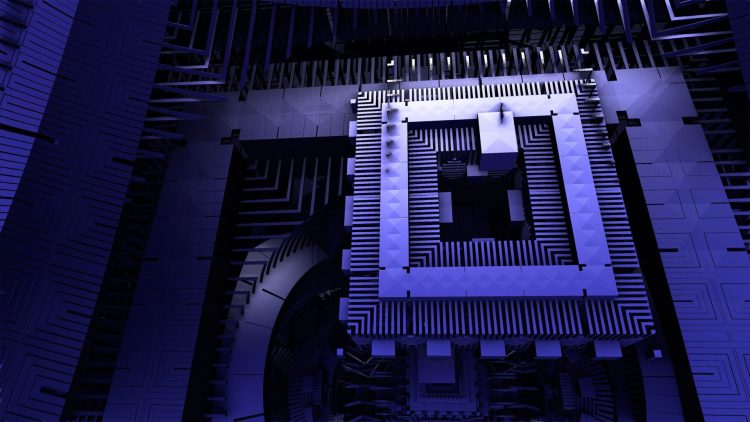Introduction
In the not-so-distant future, quantum computers will be capable of solving problems that are currently insurmountable for classical computers. This includes breaking the encryption systems that safeguard our digital world. As we stand on the precipice of the quantum revolution, one crucial question arises: Is your encryption ready for the quantum era?
In this article, we’ll explore how quantum computing challenges traditional encryption methods, the risks this poses to data security, and what steps organizations and individuals can take to prepare for this monumental shift.
1. What is Quantum Computing?
Quantum computing is a fundamentally different approach to computation, leveraging the principles of quantum mechanics. Unlike classical computers, which use bits (0s and 1s), quantum computers use quantum bits, or qubits. A qubit can exist in multiple states simultaneously, thanks to the phenomena of superposition and entanglement. This enables quantum computers to solve certain types of problems much faster than classical ones.
To put it simply: a quantum computer is like a supercharged version of a traditional computer, capable of processing vast amounts of data simultaneously. This power, however, comes with a caveat — quantum computers can also break encryption methods that are widely used today.
2. How Quantum Computing Breaks Encryption
The encryption algorithms we rely on today, like RSA and ECC (Elliptic Curve Cryptography), are based on the assumption that certain mathematical problems are incredibly difficult for classical computers to solve. For example, factoring large numbers or solving discrete logarithms are tasks that take an infeasible amount of time with classical computing power.
However, quantum computers can use Shor’s Algorithm, which is exponentially faster than classical algorithms at solving these problems. This means that quantum computers could easily factorize large numbers or solve discrete logarithms, effectively rendering RSA and ECC obsolete.
In simpler terms: if you’re using RSA encryption for secure communications or data storage, a sufficiently powerful quantum computer could decrypt your data in a fraction of the time it would take a classical computer — and that’s a terrifying thought.
3. The Quantum Threat to Current Encryption Standards
3.1 RSA and ECC Vulnerabilities

Both RSA and ECC rely on the difficulty of solving specific mathematical problems. For example, RSA is based on the challenge of factoring large prime numbers, while ECC uses the difficulty of the elliptic curve discrete logarithm problem. With a powerful enough quantum computer, these encryption methods could be broken easily.
This poses a significant risk to online transactions, government communications, cloud storage, and anything else that relies on encrypted data. Financial institutions, governments, and organizations that deal with sensitive data must be prepared for the future threat posed by quantum computing.
3.2 Symmetric Encryption: AES
While RSA and ECC may be vulnerable, symmetric encryption algorithms like AES (Advanced Encryption Standard) are somewhat more resistant to quantum attacks. Quantum computers can use Grover’s Algorithm to speed up the process of searching for the encryption key, but it’s not as severe a vulnerability as the one faced by RSA and ECC.
For example, with AES-256 encryption, a quantum computer would reduce the time it takes to break the encryption by a factor of about 2. This means that while AES-256 will still be strong, AES-128 could become insecure, and organizations would need to adopt AES-256 for long-term data protection.
4. The Quantum Key Distribution (QKD) Solution
One potential solution to quantum vulnerabilities in encryption is Quantum Key Distribution (QKD). QKD allows two parties to securely exchange encryption keys using the principles of quantum mechanics. The fundamental idea is that if an eavesdropper tries to intercept the quantum key exchange, the quantum nature of the system will be disrupted, alerting the parties to the presence of the attacker.
QKD is already being implemented in certain high-security settings, such as government communications and financial institutions. However, its widespread deployment is still limited by factors like distance (since quantum signals degrade over long distances) and infrastructure costs.
5. Post-Quantum Cryptography: The Next Frontier
As the quantum threat looms, researchers are racing to develop encryption algorithms that will be resistant to quantum attacks. This is the domain of Post-Quantum Cryptography (PQC), a field focused on creating cryptographic systems that can withstand quantum computing power.
5.1 NIST’s PQC Standardization Process
The National Institute of Standards and Technology (NIST) has been leading the charge in the development of post-quantum cryptography standards. In 2016, NIST began the process of evaluating and standardizing quantum-resistant algorithms. After several rounds of evaluation, NIST selected a set of algorithms that could become the foundation for secure communications in a post-quantum world.
Among the finalists are lattice-based cryptography (which is believed to be resistant to quantum attacks) and hash-based signatures. The transition to these new standards will require significant investment and effort, but it is essential to secure our digital future.
5.2 Implementing PQC
The shift to post-quantum cryptography won’t happen overnight. It will require changes to everything from software libraries to hardware. Organizations must begin evaluating their current encryption strategies and determine how to integrate post-quantum cryptographic systems into their infrastructure.

This might involve:
- Replacing vulnerable encryption algorithms (RSA, ECC) with quantum-resistant algorithms
- Updating software libraries and protocols to support post-quantum cryptography
- Training security professionals to understand and implement the new standards
Organizations should begin the transition to post-quantum cryptography as soon as possible to ensure they are prepared for the quantum age.
6. What Can You Do Today?
While the full-scale quantum computing revolution is still a few years away, the time to prepare is now. Here are some practical steps you can take today to make your encryption systems more resilient:
6.1 Adopt Stronger Encryption Methods
If you’re still using RSA with small key sizes (e.g., RSA-1024), it’s time to upgrade to stronger algorithms like RSA-2048 or ECC with larger key sizes. These will provide more protection against potential quantum attacks in the short term.
6.2 Transition to Quantum-Resistant Cryptography
Look into transitioning to hybrid cryptographic solutions that combine classical encryption methods with post-quantum cryptography. While the final post-quantum standards are still in development, several algorithms are already being tested in real-world applications.
6.3 Stay Informed
The field of quantum computing and quantum cryptography is evolving rapidly. Keeping yourself updated on the latest advancements, including the status of post-quantum cryptography, is essential for staying ahead of the curve.
7. Conclusion
The quantum era is coming, and with it comes both unprecedented opportunities and significant risks. As quantum computers continue to advance, the encryption systems that protect our data are becoming increasingly vulnerable. Preparing for this future requires a proactive approach — from upgrading existing encryption algorithms to exploring post-quantum cryptography solutions.
The key takeaway is this: Don’t wait until quantum computers break your encryption. Start taking steps now to future-proof your systems. By adopting stronger encryption methods and staying informed about emerging cryptographic technologies, you can ensure that your digital security remains intact as we move into the quantum era.


















































Discussion about this post